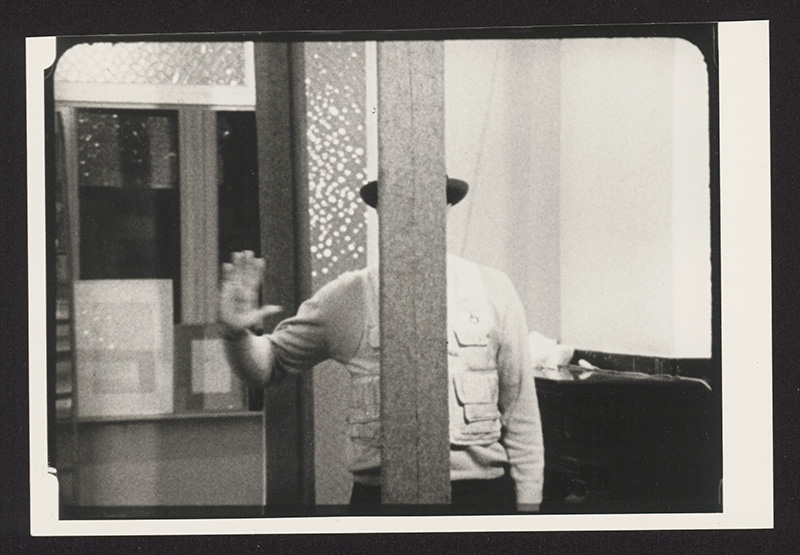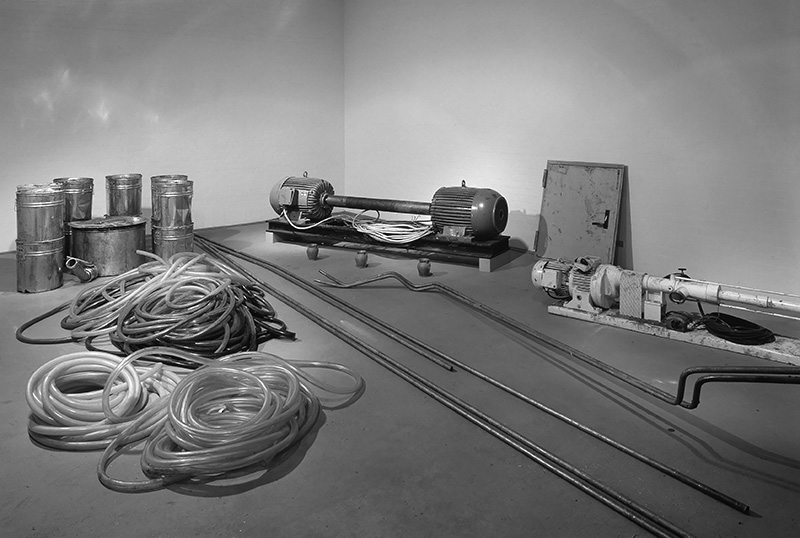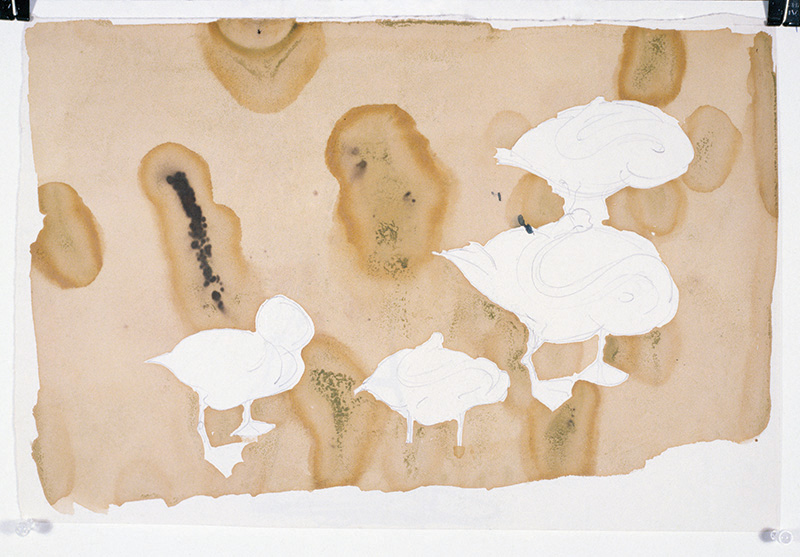ART-PRESENTATION: Joseph Beuys-Greetings From The Eurasian
Joseph Beuys was active in Antwerp during the ‘60s and ‘70s through his relationship with Wide White Space gallery, for whom he was a key reference. Amongst his many exhibitions, it is here that he also made his performance “Eurasienstab” (in collaboration with Henning Christiansen on 9/2/1968.
By Efi Michalarou
Photo: M HKA Arhive

The exhibition “Joseph Beuys-Greetings from the Eurasian” seeks simultaneously to consider Beuys’ activities in Antwerp during the ‘60s and ‘70s, alongside considering his relevance to a new generation. The exhibition is the first in a series of monographic exhibitions at M HKA looking at key figures of the Post-War Avant-Garde who were active in Antwerp, locating the city as part of a network of scenes around the dense region of Benelux and the Rheinland. The exhibition in the first instance looks at Beuys as an artist that was not only active in Antwerp (where he met other figures of the Post-War avant-garde such as Marcel Broodthaers and Panamarenko) but was also deeply influential in Belgium more broadly, in a way that has been largely forgotten. The exhibition also considers Beuys as a figure who worked in a way that was contrary to the logic and hegemony of Modernism. He was in a sense the embodiment of the anti-Modern. Using his “Eurasienstab” performance as a starting point, the exhibition examines how Beuys’ use of the notion of “Eurasia” was part of his Anti-Modern sentiment, looking away from the grand-narrative and hegemony of the “West”, and towards a vision of affinity with the “East”, to the point of even removing such distinctions. It was a vision that was more attuned to cultural depth, mysticism and to nature. This was also echoed in his political engagement, with an approach to politics though a belief in discursivity, latent energy and direct action. In “Eurasienstab” Joseph Beuys performed a ritual that symbolically reconciles the four corners of the Eurasian supercontinent. The artist wears felt-covered metal shoes as he smears the corners of the room with fat. Beuys uses a long copper staff, the “Eurasienstab” to connect the intellectual and spiritual qualities of these parts of the world in an allegorical way. Also the exhibition includes numerous major works by Beuys, including a number of installations related to key actions, including “Eurasienstab” (1968) and “Honigpumpe am Arbeitsplatz” (1977) that he activated at Documenta 6 in Kassel, the work circulated two tons of honey through plastic tubing emulating the human circulatory system for one hundred days, creating a space for dialogue and workshops. On presentation are the works: “Infiltration homogen für Konzertflügel” (1966) and “Straßenbahnhaltestelle” (1976), amongst others. The exhibition also looks at the activities of the Antwerp Free International University that was set up by proponents of the Antwerp artistic community during the early ‘80s.
Info: Curator: Nav Haq, M HKA – Museum of Contemporary Art Antwerp, Leuvenstraat 32, Antwerp, Duration: 13/10/17-21/1/18, Days & Hours: Tue-Wed & Fri-Sun 11:00-18:00, Thu 11:00-21:00, www.muhka.be



